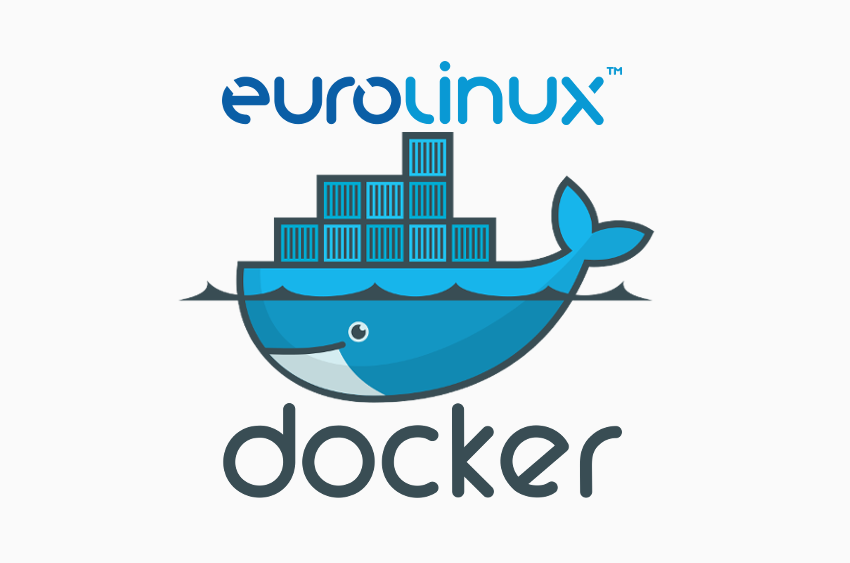
EuroLinux docker images are now available
As part of the introduction to this material, we encourage you to read two previous articles from our blog: Basics of containerization and Docker in Linux part. I . We do not want to repeat the information therein, but they include container terminology and the ideas behind containerization. We clearly presented in them the most […]
As part of the introduction to this material, we encourage you to read two previous articles from our blog: Basics of containerization and Docker in Linux part. I . We do not want to repeat the information therein, but they include container terminology and the ideas behind containerization. We clearly presented in them the most important concepts permitting the systematization of knowledge. This, in turn, is necessary to understand why we have created our own publicly available base image for our EuroLinux system. But first, let’s explain …
What is a container base image?
The base image from English “Base Image” is a special type of docker image. It is designed to enclose a selected fragment of the operating system, giving the impression of communing with the full system. The base image forms the basis for specialized containers that usually already provide a specific service (e.g. a web server or database). The idea of a simple, tested and regularly updated base image guided us from the very beginning, when we created the first images for our clients.
Publishing images outside the group of current subscribers is particularly important for software companies that want to test and use the EuroLinux platform without registering or purchasing a subscription. Due to the nature of development work, the possibility of using a given solution at the current moment , even on your own, is often a must. Therefore, EuroLinux docker images are publicly available and free of charge on the Docker Hub platform.
These images are regularly updated, which minimizes the number of potential vulnerabilities in the container. They go through internal production tests and are the basis for both our ( EuroDB , EuroAP ), as well as foreign containerized products.
In addition, as a company flexible and open to the needs of the market, we have provided a public repository in which you can report the so-called Request for Change, i.e. both a request for change and any comments about the containers themselves. This repository is located on the GitHub platform: Containers RFC . There are also image archives with Dockerfile files. This allows you to restore the base image yourself.
Future
Together with the new version of the images, dedicated, tailor-made repositories with the mysterious FBI code name will be added to them;) More information about them will soon appear in a separate message.